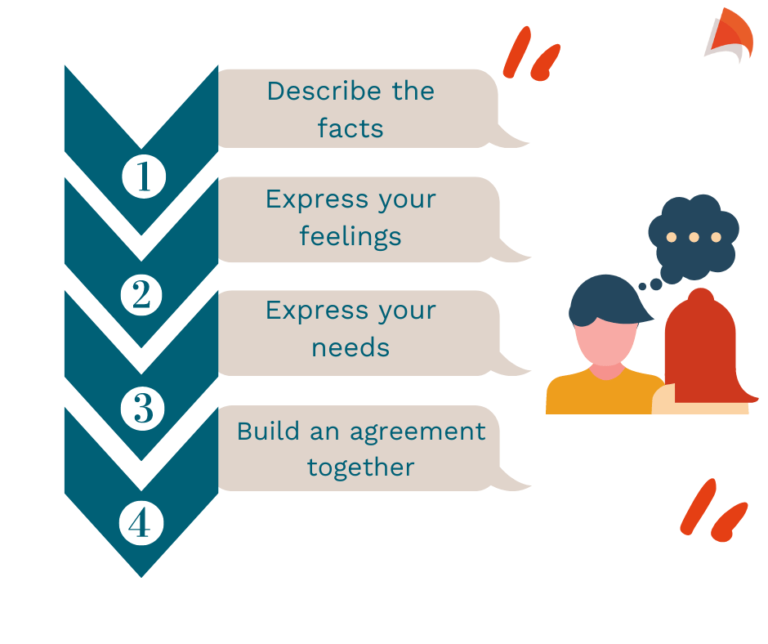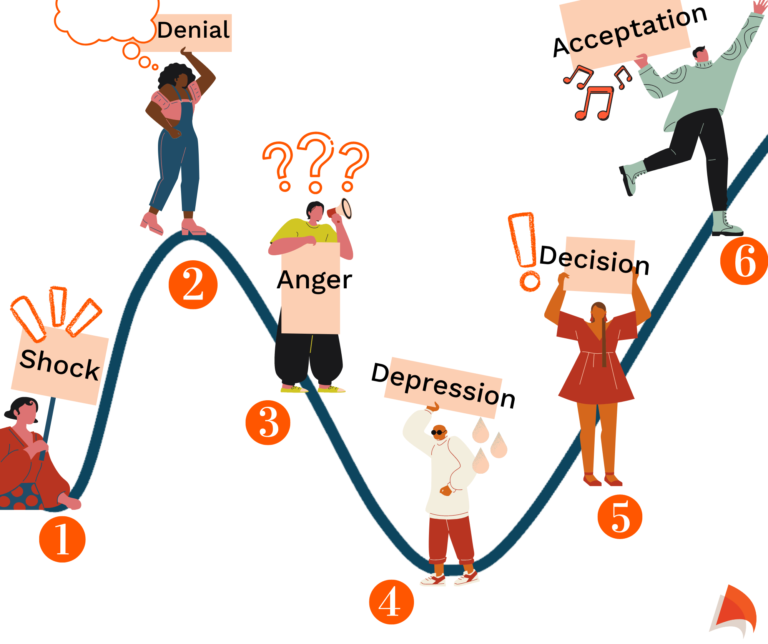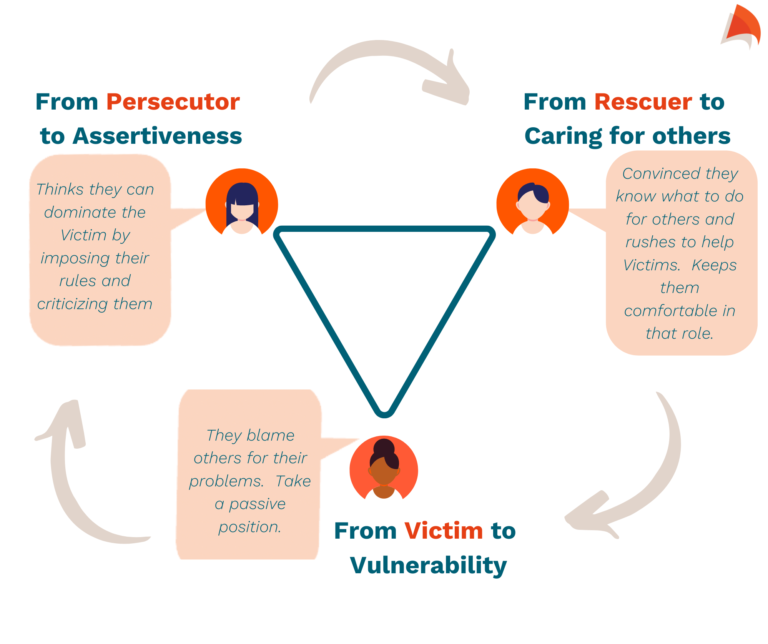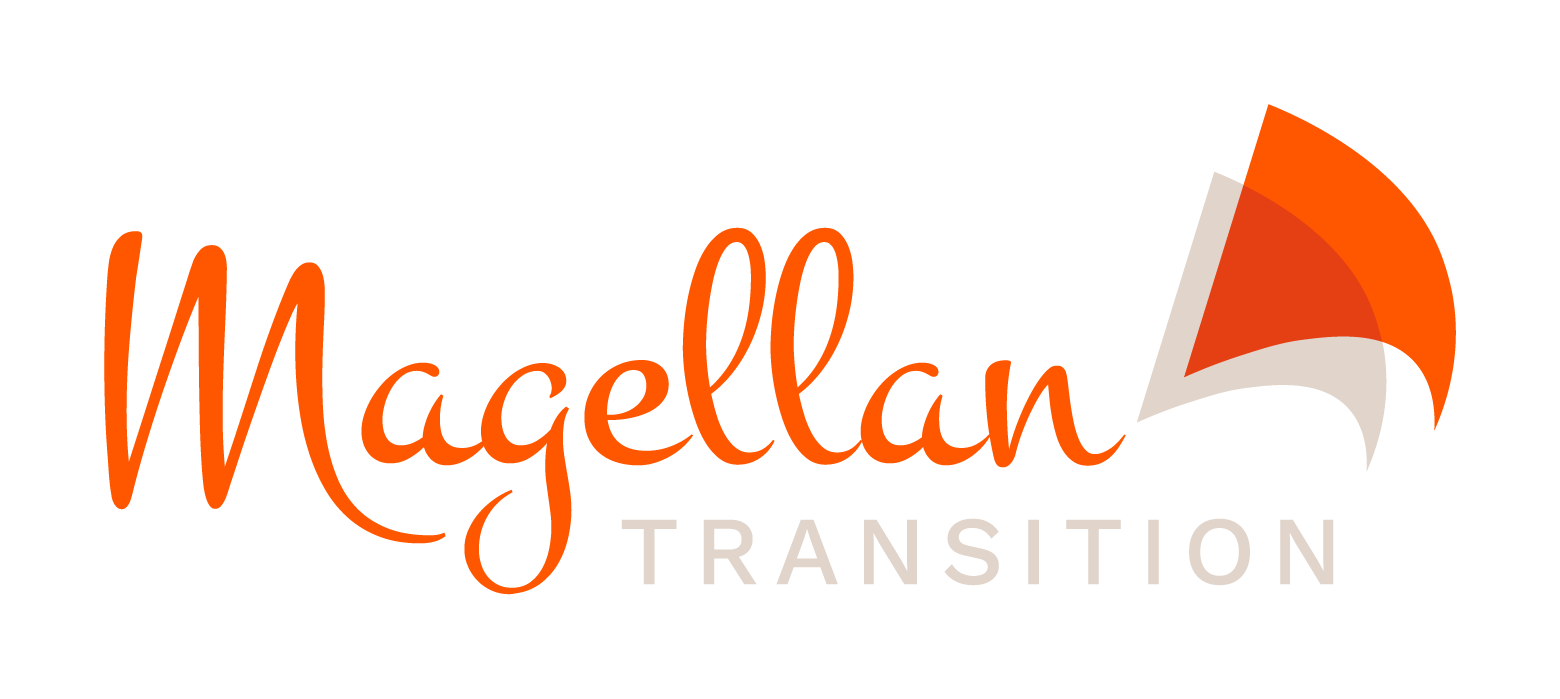Individual Coaching
We support managers to maximize their potential and gain impact by optimizing their talents and skills, shining light on their blind spots and broadening their frame of reference. Reflection is fostered by creativity in a guided process.
COACHING EXAMPLE
BACKGROUND
GOAL
Process
Results

YOUR questions
The core of coaching is to accompany in order to progress. You don’t need to wait for a crisis or for a leader or manager to underperform before calling on a coach. A few examples: taking on new responsibilities, taking up a new position, developing performance, managing stress, managing conflict, supporting potential, etc.
The coach accompanies the coachee from their current situation towards the desired objective. The coaching trajectory is therefore co-constructed. Three main steps can be distinguished as: understanding the request and the objective, the support itself and the final assessment. Each program includes between 6 to 10 coaching sessions depending on the initial request, and is book-ended by a tripatite.
Coaching is based on a relationship of trust between the coachee and the coach. A conversation where the coach listens and asks questions in order to raise awareness, to invite the coachee to explore other possibilities and action. Key moments of a session are: a review of action undertaken since the previous session, choosing the session in accordance with the desired objective, choosing an action plan and then summarizing what has been learnt.
They are many: to gain perspective, strengthen one’s leadership, become aware of one’s managerial style, of one’s points of support, of one’s potential, to better mobilize one’s resources, to remove mental blocks, elements which are slowing you down, or which prevent you from moving forward, developing self-confidence, being supported in periods of change and transition, ….
The coaching contract, defined during the tripartite, stipulates the objectives of the coaching, as well as the indicators of success. It’s the guiding light for the coachee and the coach to ensure that they are working together in the same direction. The impact of coaching can be measured by referring to those success indicators.
GO FURTHER

PREPPING FOR A DIFFICULT CONVERSATION
Starting box: How do you ask someone else to change their

SUPPORTING CHANGE
“Change causes an underestimated rollercoaster, and if it is not accompanied

GETTING OUT OF THE DRAMA TRIANGLE
“A classic relational scenario in business, the Drama Triangle updates the
HOW DOES Your Managers' WELL-BEING, CONFIDENCE, MOTIVATION AND EFFICIENCY BAROMETER LOOK?
Not totally balanced?
